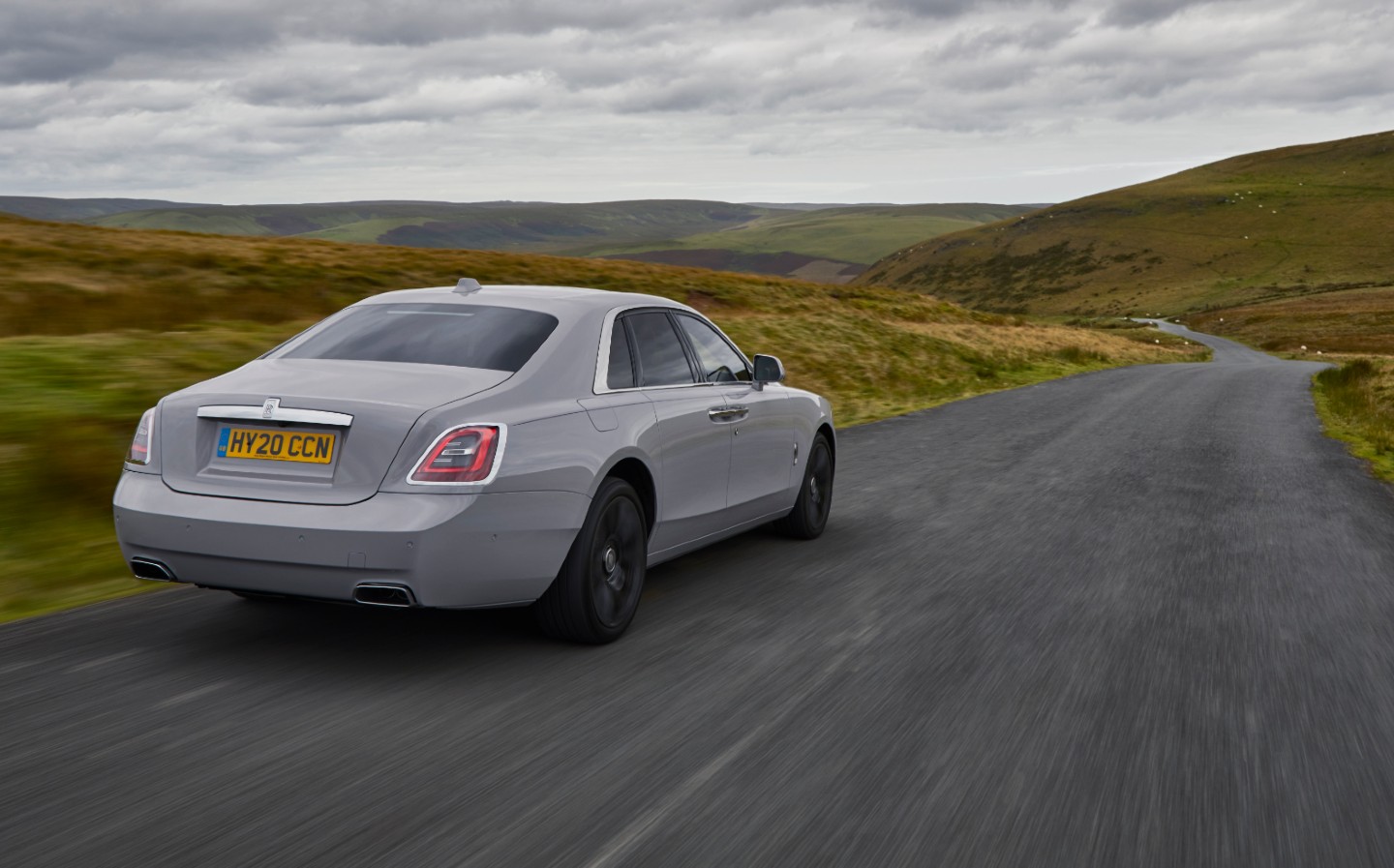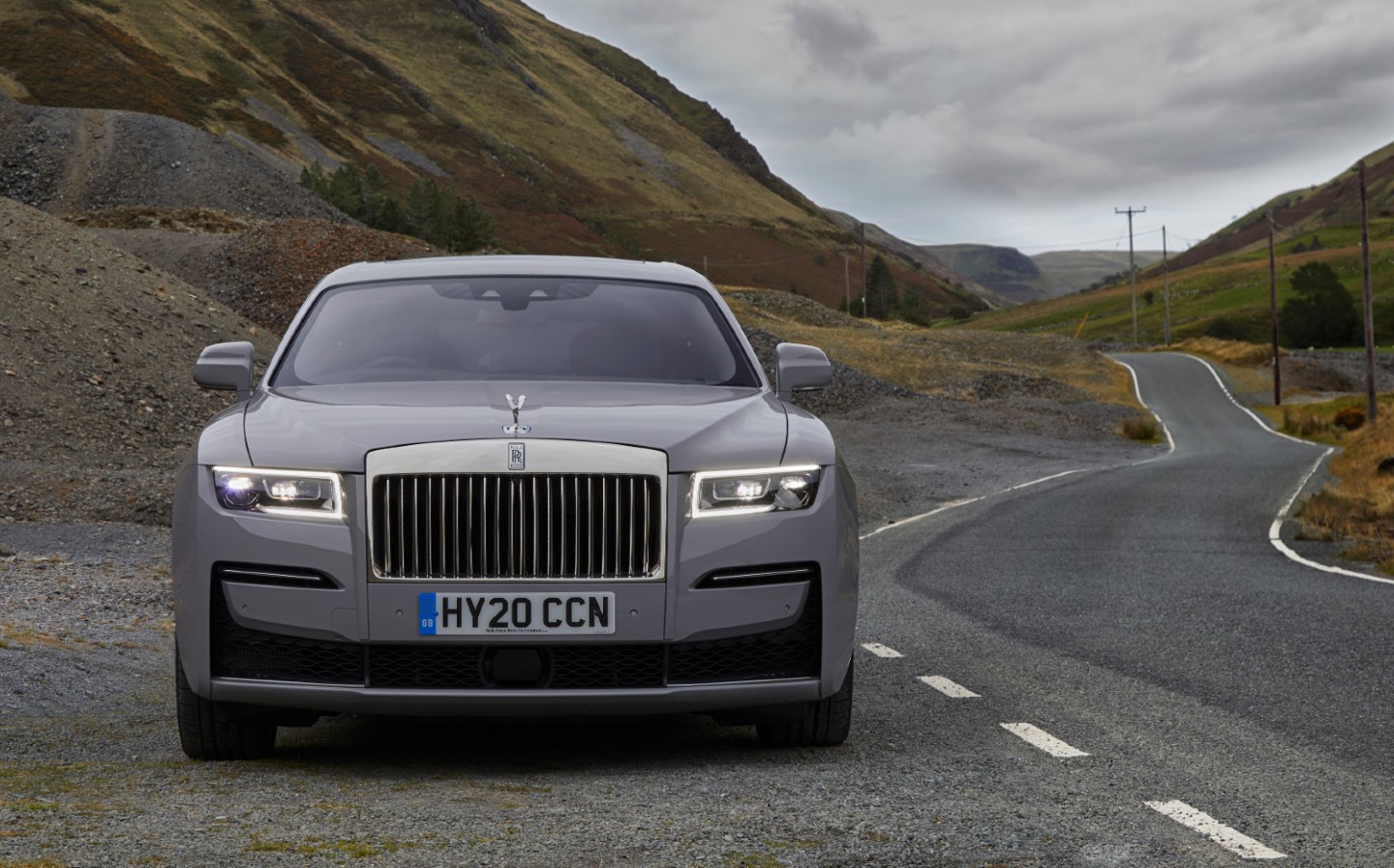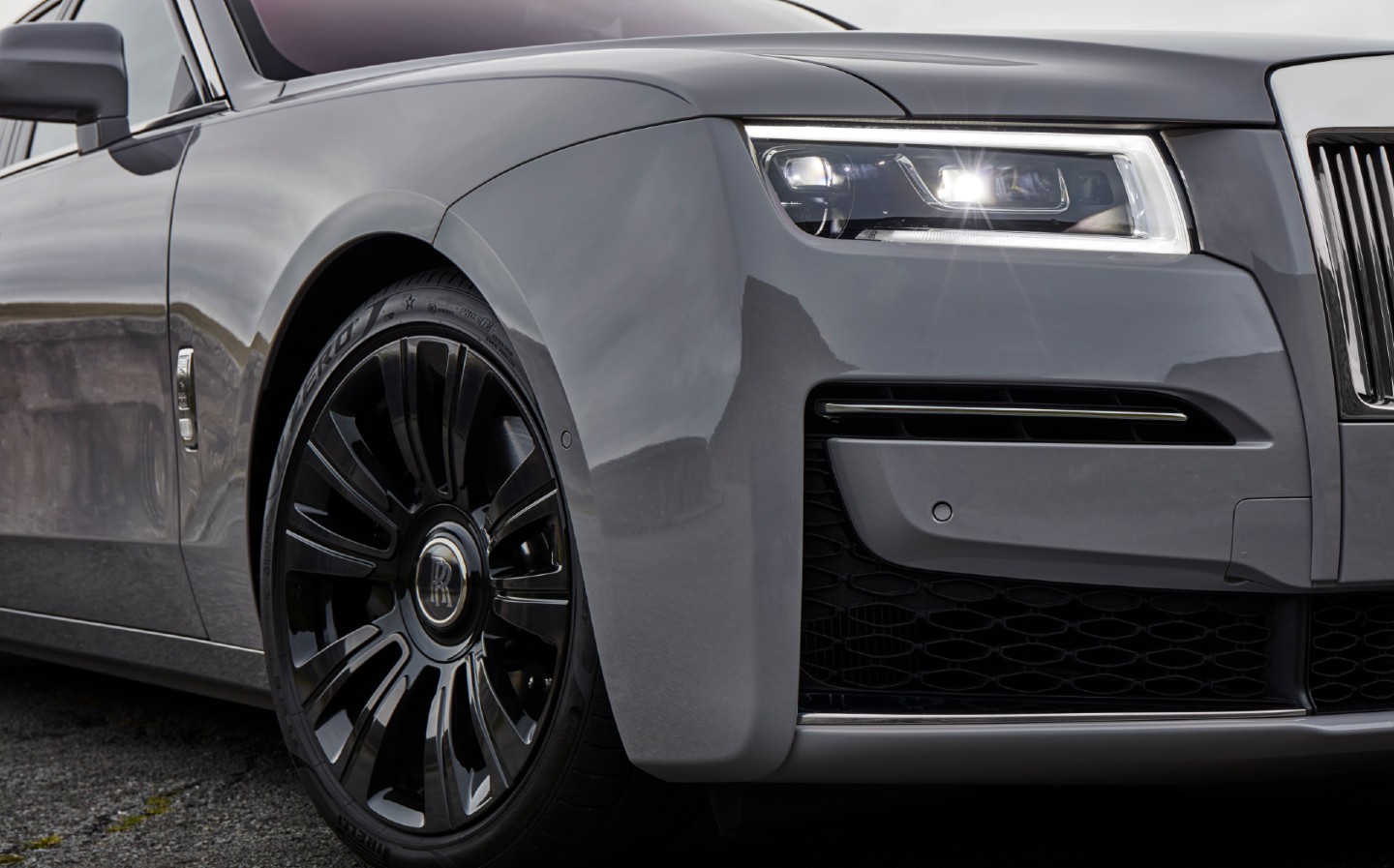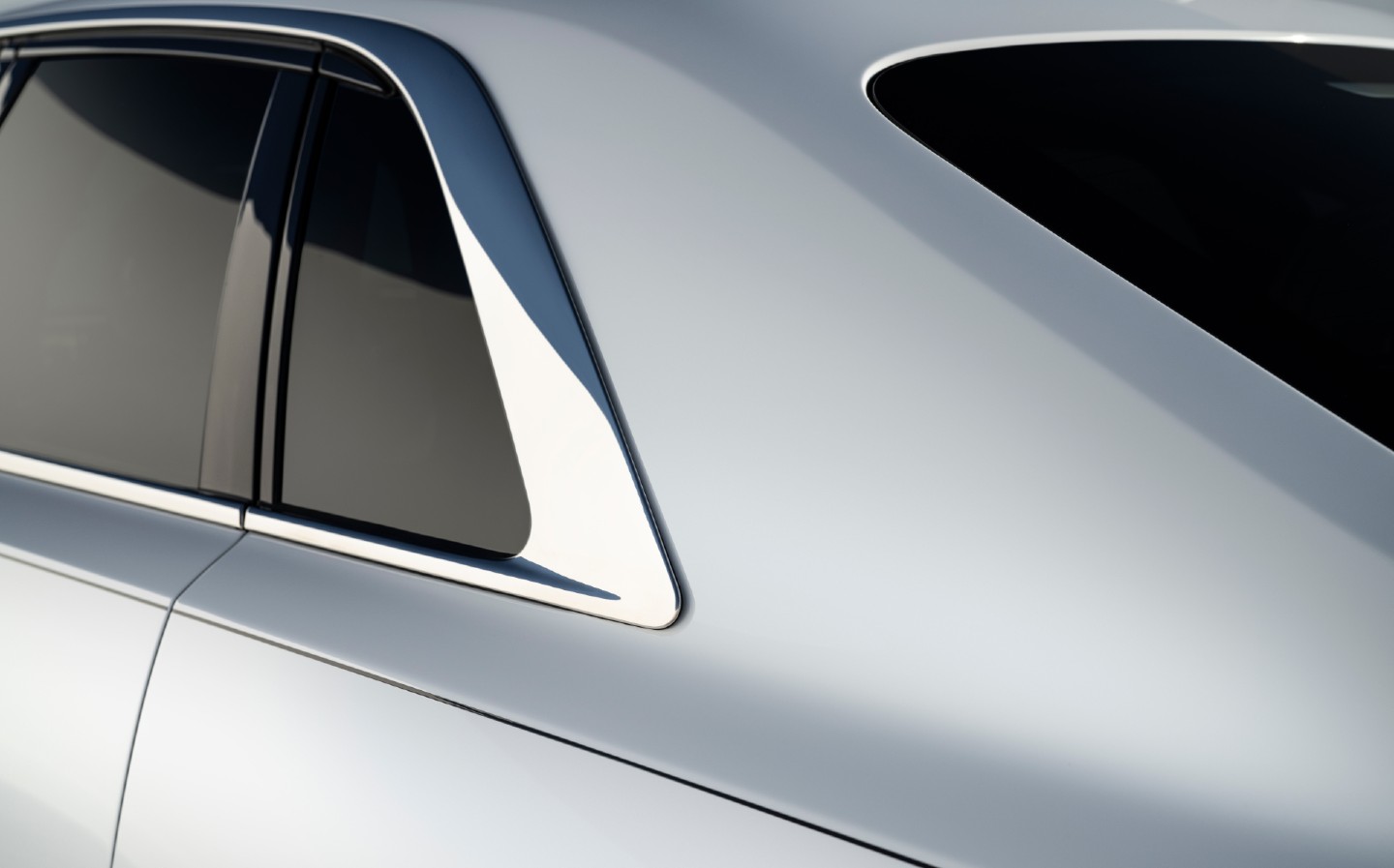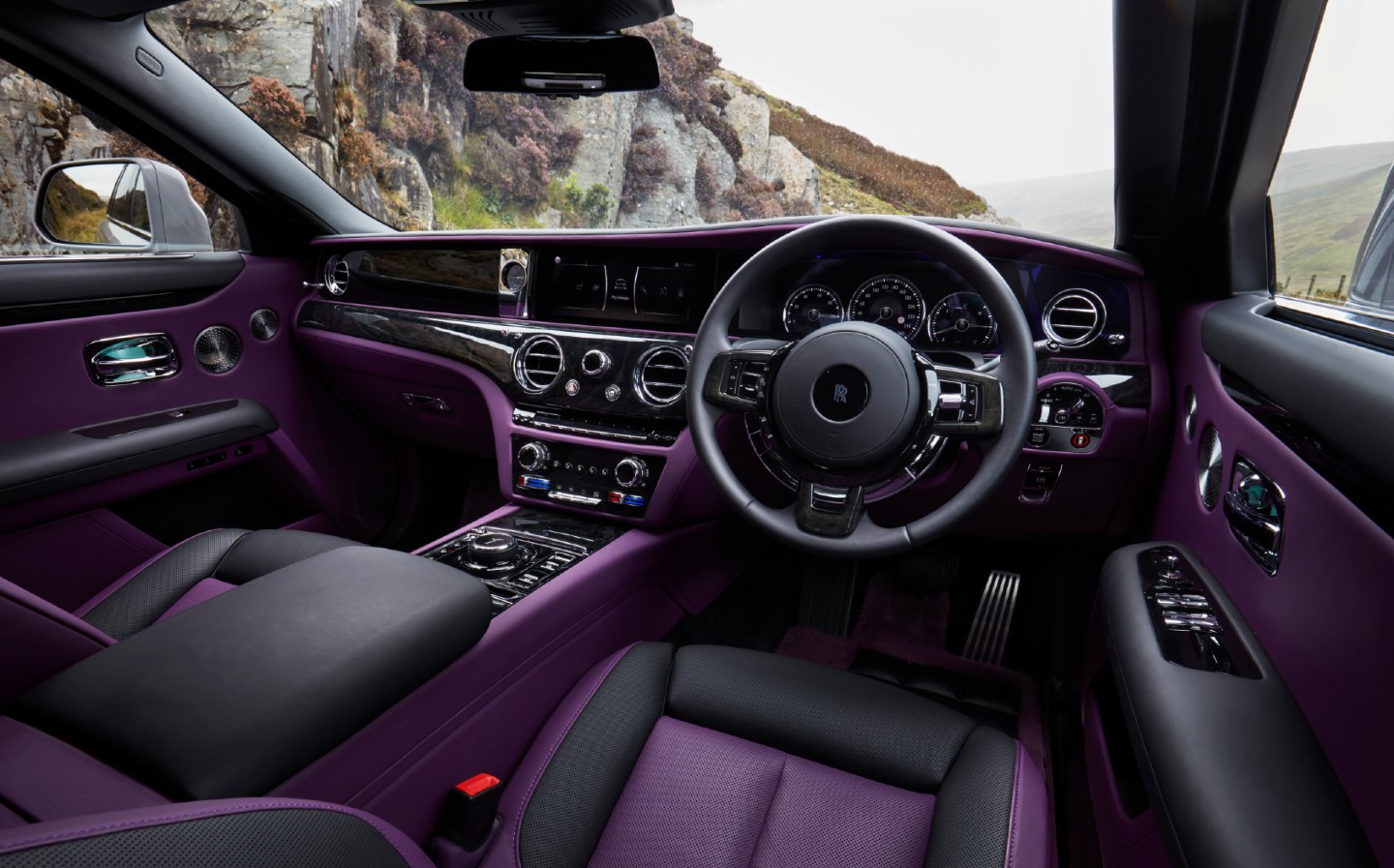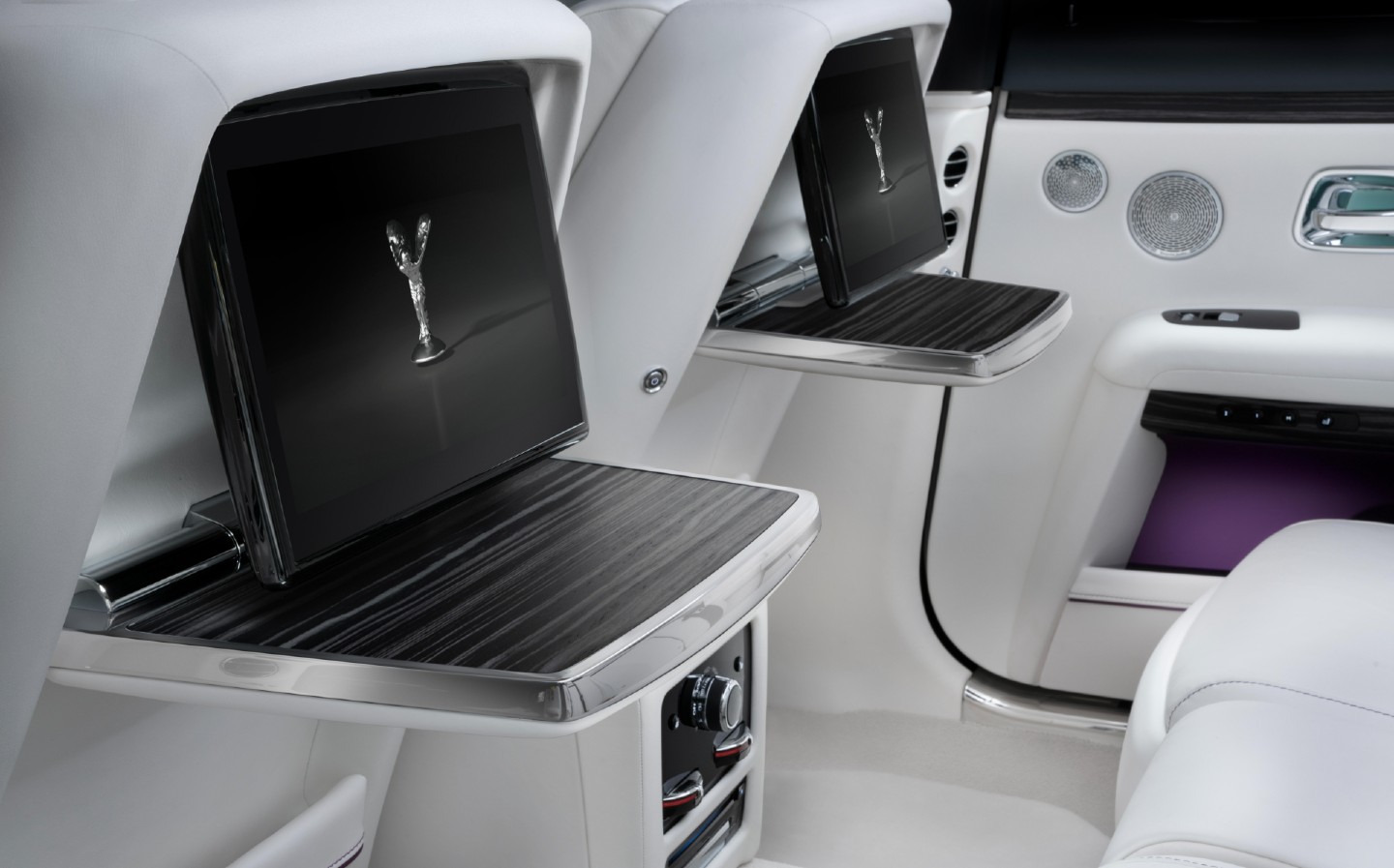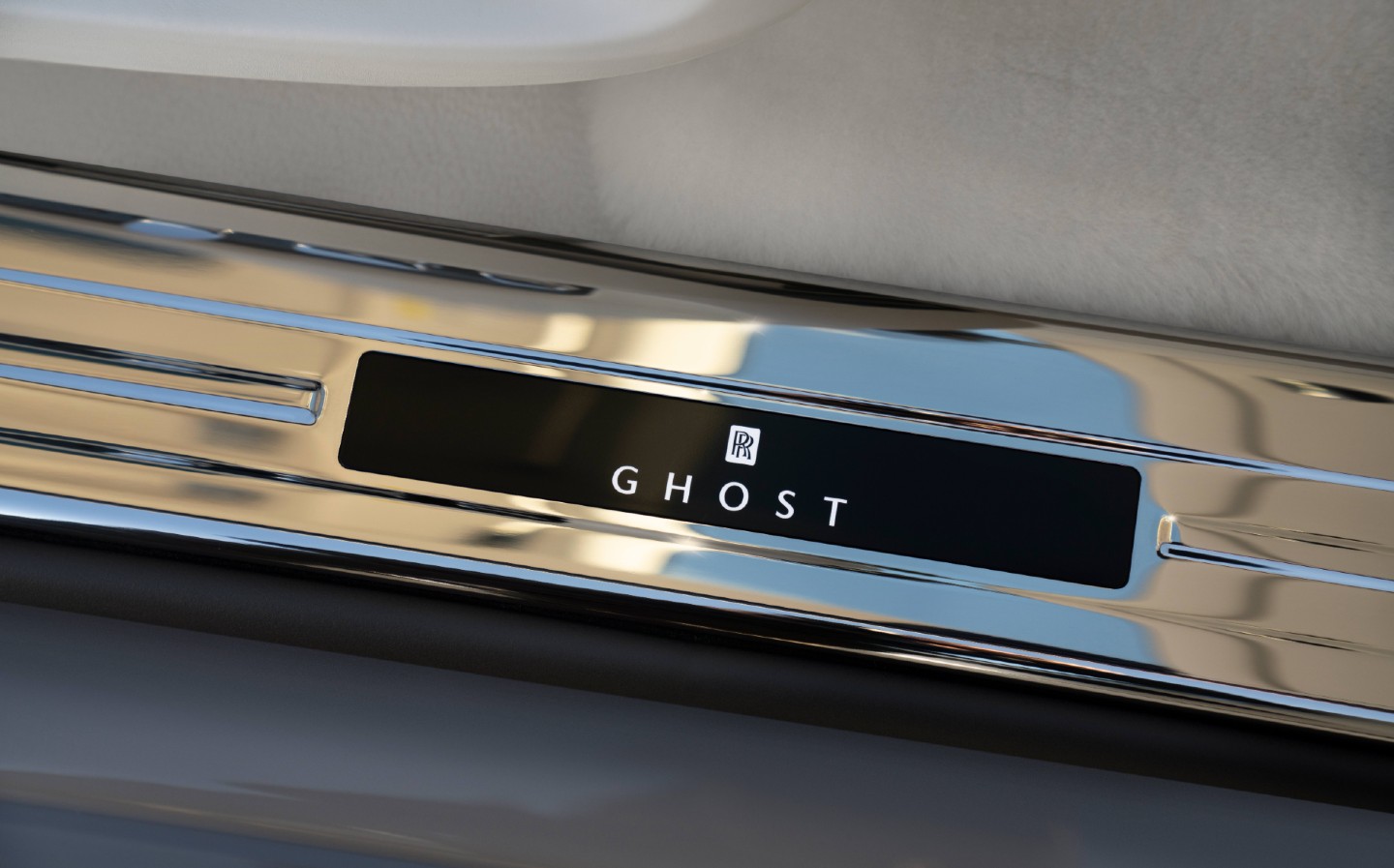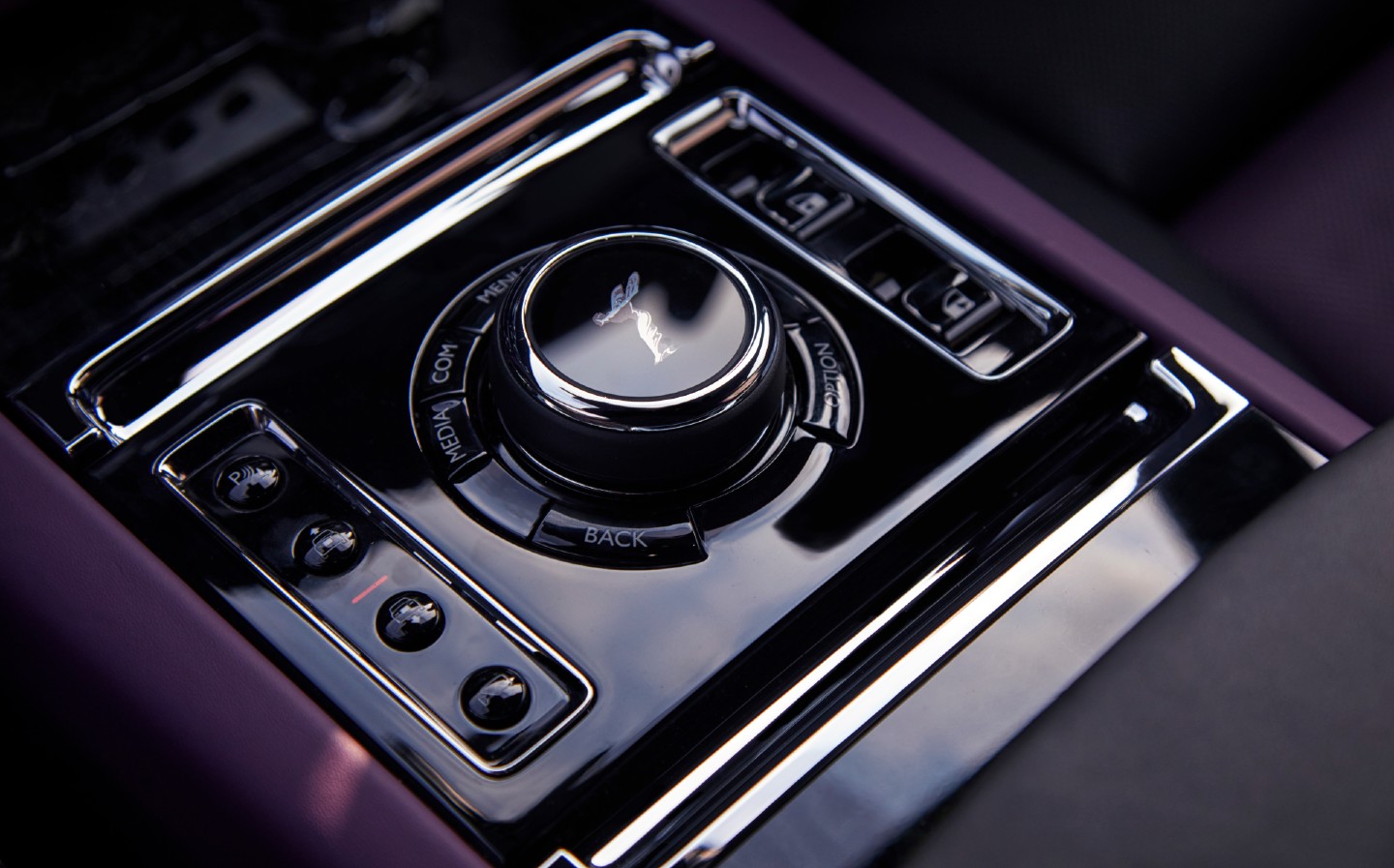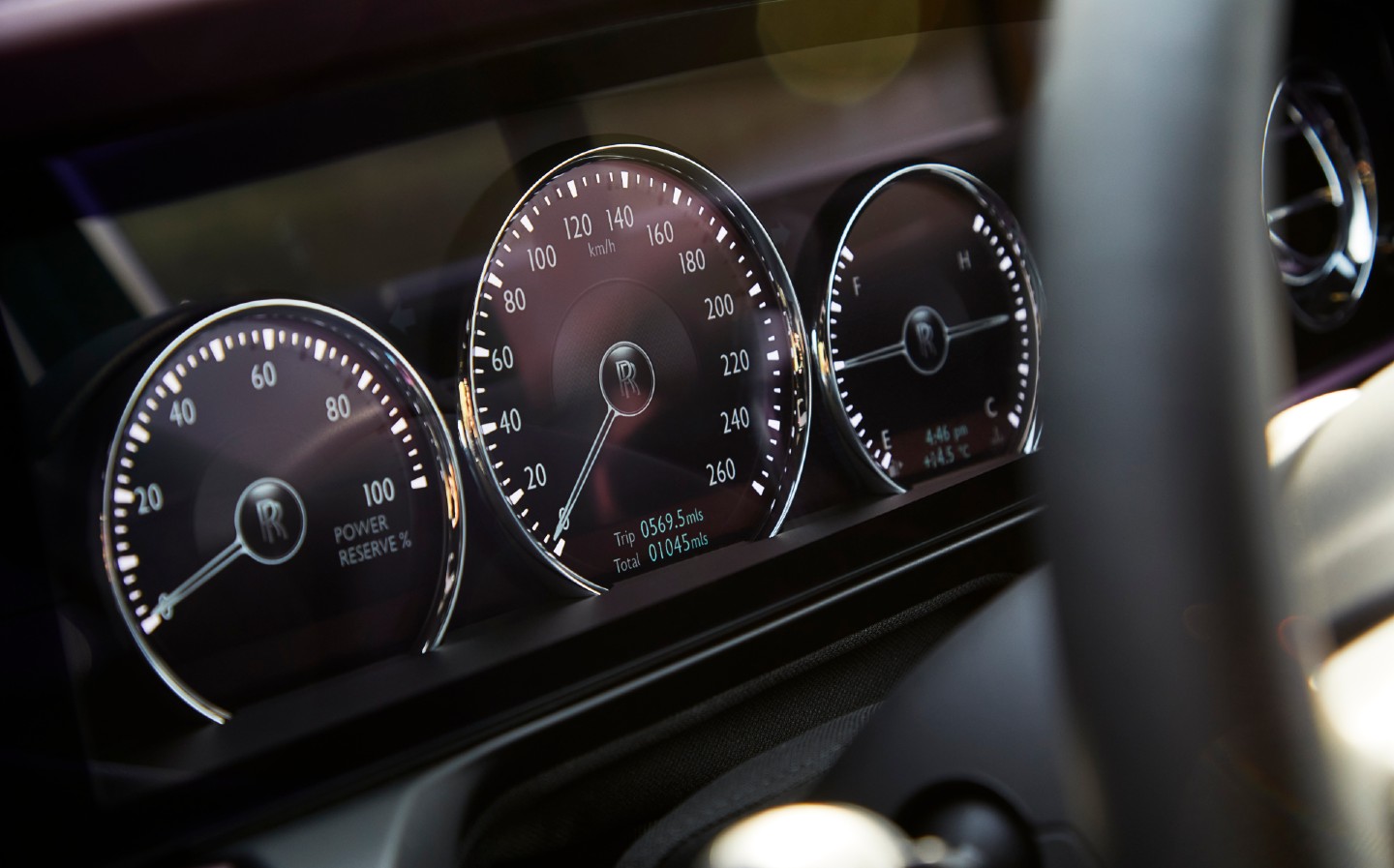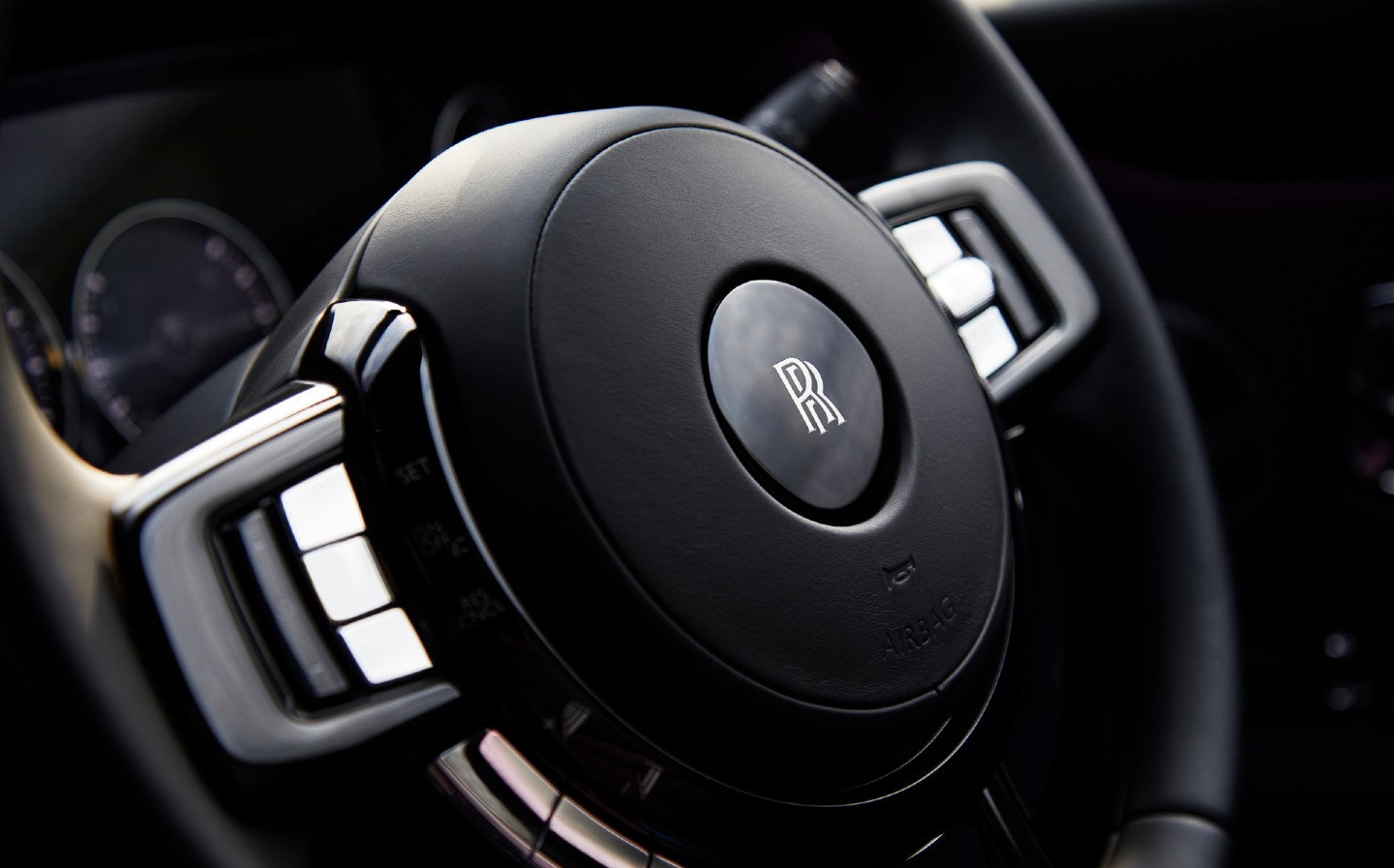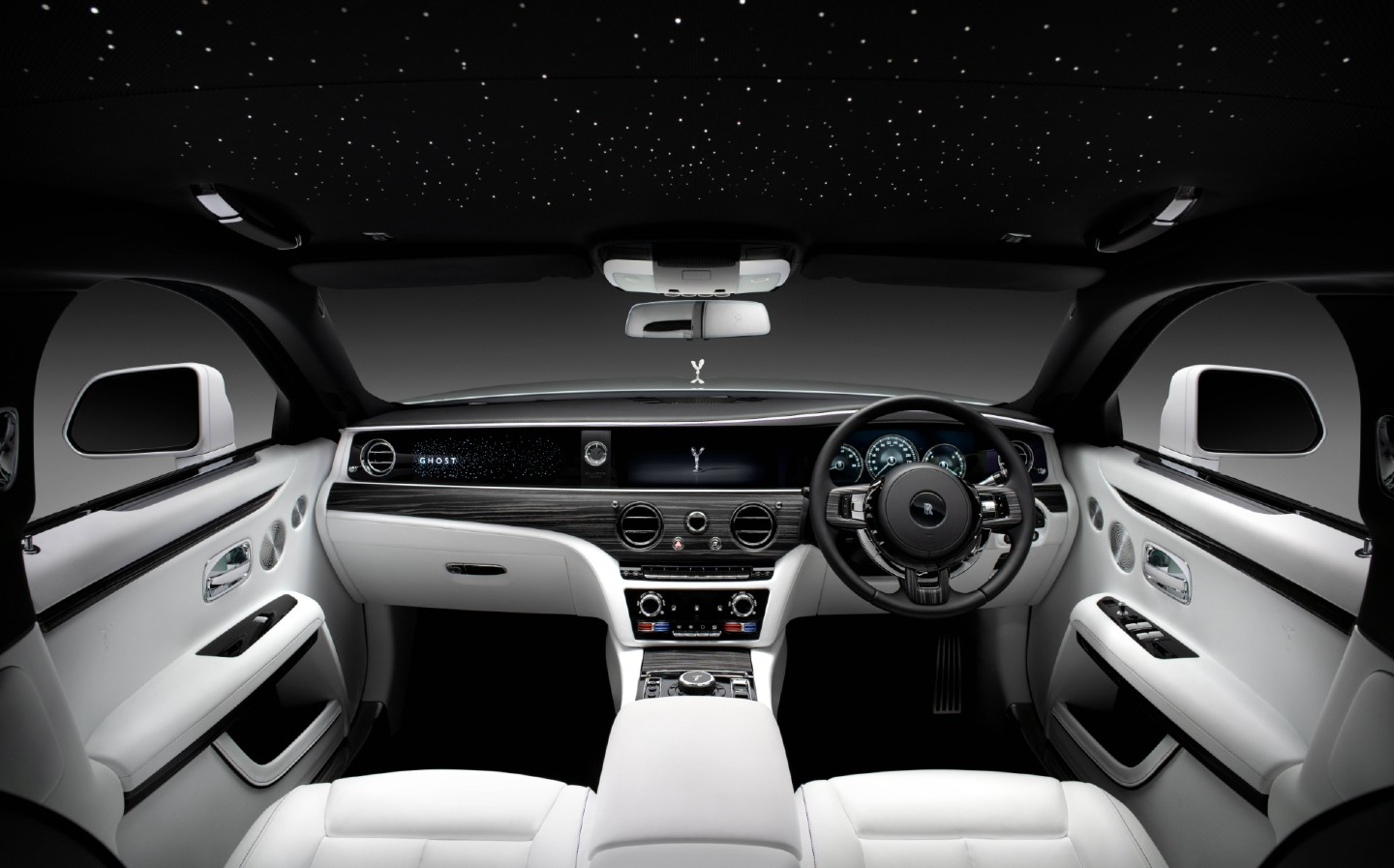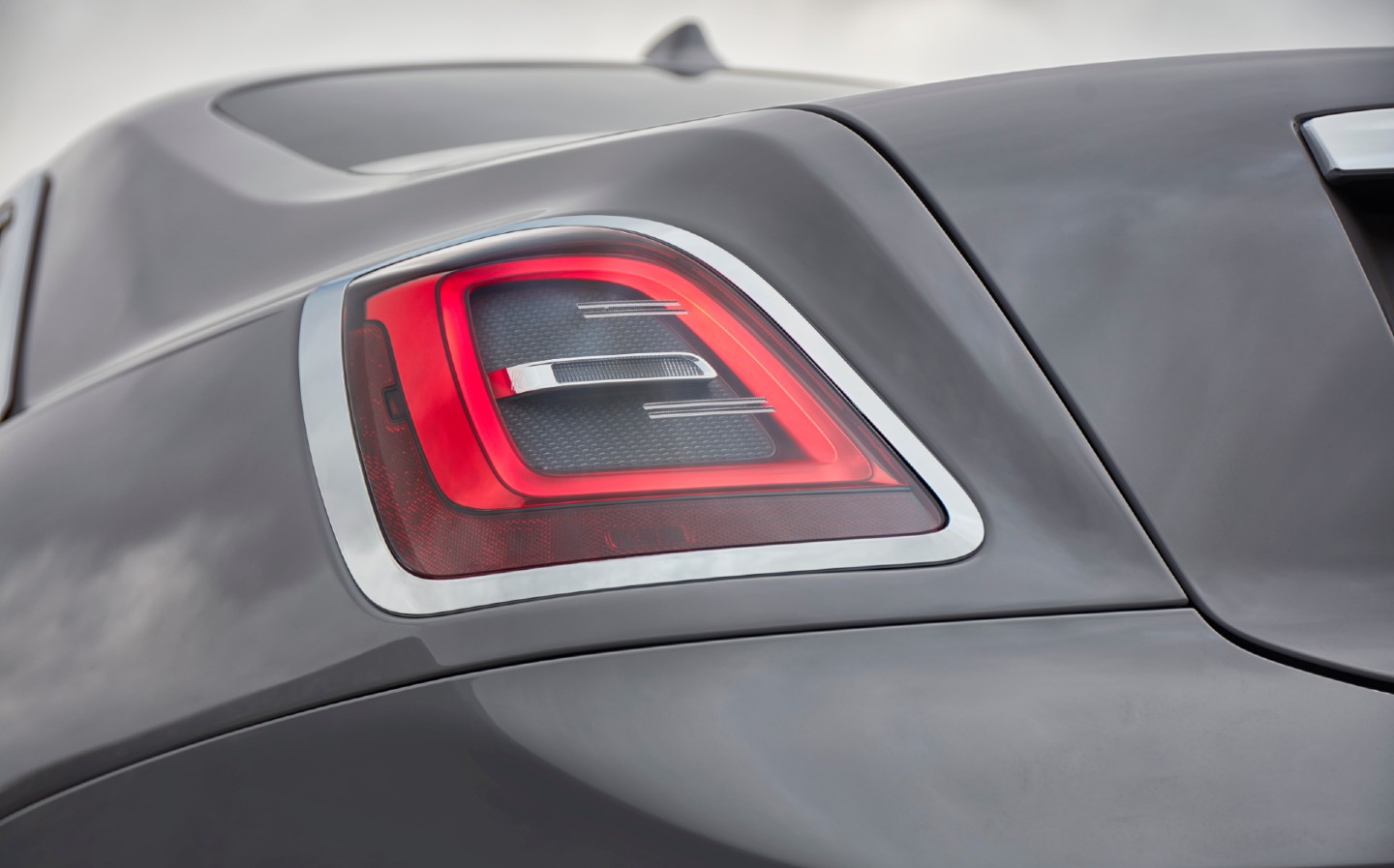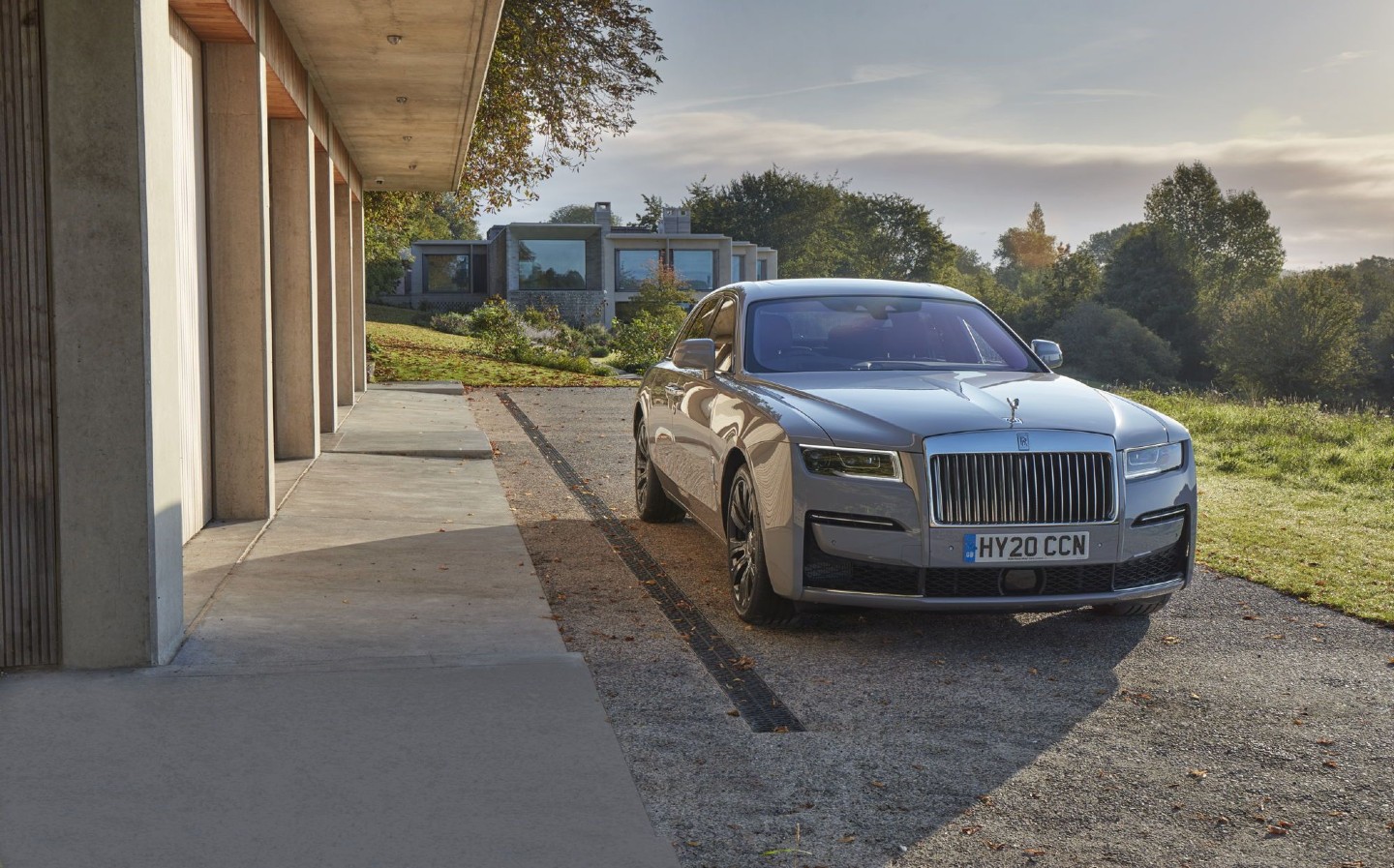2020 Rolls-Royce Ghost review
Does the 'post opulent' new Ghost still dazzle?
ROLLS-ROYCE has a problem. When one buys the most expensive brand of car in the world, one naturally expects perfection. Get that and you’re satisfied, but get anything less and you are left disappointed. Conversely, if a buyer opts for a low-budget car and discovers that it’s actually surprisingly good, they’re hugely impressed. I’ve been wowed in recent years by models from SsangYong, Dacia, Suzuki and Isuzu. It’s all about expectation.
Which is why the new Rolls-Royce Ghost had a job on its hands. To impress the assembled press at its launch this week, it would have to be not just good but – to coin a Clarksonism – the best car … in the world. It’s what we expect from a car that costs upwards of £208,000 (often a lot upwards – our test car came in at £292,900, with options).
The new Ghost also had to be better than the old Ghost, a car for which the chief engineer and designer admitted customers weren’t exactly complaining about. Of all the Rolls-Royce models on sale, the previous Ghost is probably the one I’d have driven away from the factory, had I chosen one over, say, a new yacht.
It was, in my opinion, the most entertaining to drive (even more so than the Wraith) yet still had the space and luxury that meant you could just as happily be driven in it by your chauffeur after a particularly tiresome board meeting.
Many people felt the same way, it seems: since its launch in 2010, Ghost has become Rolls-Royce’s most successful model in its 116-year history. A spokesperson wouldn’t tell me how many are sold each year but did mention the factory produces 750 to 1,000 Phantoms each year; numbers for the outgoing Ghost are likely to have been well north of its more expensive sibling.
And yet, everything on this second-generation Goodwood Ghost is new, apart from the Spirit of Ecstasy and door umbrellas. It sits on Rolls-Royce’s bespoke aluminium platform, which was first seen on Phantom and then the Cullinan SUV. You won’t find it under the skin of any BMWs, despite the German behemoth’s ownership.
And although the body looks similar to the outgoing model, close examination reveals that every inch has been reworked. It’s wider (by 30mm) and longer (89mm), of course – such is the way with new cars – but most of the design changes involved making the design more simple and less fussy. Customer feedback, Rolls told us, showed that most wanted a more minimalist car with all the technology hidden away. It’s what Rolls-Royce’s marketing folks have labelled “post opulent”.
Designer Henry Cloke said his approach was to view the car as an art gallery, where the walls are all white in order to distract less from the artworks themselves. For him, the artworks on the Ghost included the Spirit of Ecstasy, obviously, and the grille, so that meant removing some design lines on the bonnet, and by closing shut lines around the nose. There’s now an imperceptible gap around the Silver Lady and between the front of the bonnet and the grille – something almost no-one other than owners will appreciate.

Cloke pointed out the sharp, vertical “bow line” on the front wings, which helps frame the stainless steel grille, as well as the “waft line” along the sides – two nautical terms because yachts were a strong inspiration for his work. That waft line, like the bow of a boat, is that crease that runs along the lower part of the doors. The intention was to create shadow as it reflects the road, reducing the appearance of overall proportion.
Cloke also created a “seamless” shoulder line front to rear, which on the display car we looked at featured a pin stripe. There’s one man who does this, apparently, and he uses a squirrel hair brush to hand paint the line down the car. He’ll do one side, have a cigarette break (no doubt to calm his nerves), then do the other side. Customers who decide they want a pin stripe on their car after it’s delivered can order one – Rolls flies their man out with his briefcase of paints and brushes to do the job at the customer’s home.
I’ve got to say, though – to my eye it doesn’t improve the look of the car one bit, nor add to the minimalism of the design. I’d also choose a dark paint, as despite efforts to reduce shut lines a light paint colour does accentuate the dark panel gaps, however small. And the new chrome door finisher, which sits one water droplet’s-width proud of the body, to prevent rain water from the roof dripping down into the car when you open the door, is a little blingier than I’d have imagined for a post opulent vehicle.
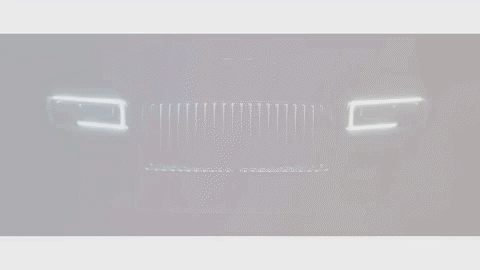
As is the pantheon grille, which for the first time can be illuminated by LEDs. Rolls-Royce said the lighting behind the stainless steel was at first too bright, so they have sandblasted and matted the rear side of the grille louvres to dull the glare and create a more subtle glow. Another option could have been to simply not add LEDs, mind you.
Like the pin stripes, the illuminated grille is optional, it has to be said, and no doubt both features will go down extremely well in certain markets around the world.
What customers can’t change is the fundamental shape of the car and, while it looks supremely regal from above and around the front, the rear end is less successful, in my opinion. At the risk of never being invited on another Rolls car launch it’s hard to get the image of a Rover 75 out of my head when looking at the rear three-quarters.
https://twitter.com/wdron/status/1305456513025269760
Moving on swiftly, though, the restyled rear lamps are now embedded into the rear body structure, so just as with the Spirit of Ecstacy at the front, the gaps around the light cluster have been eliminated.
Pull the door handle and you notice that they now include electric assistance for opening as well as closing. There’s no button to make them pop open as you approach (which no doubt is problematic in terms of legislation) – instead the idea is to mask their weight and make them easy to operate.
The doors even include gyroscopes, I was told, which means the assistance given varies depending on angle of the slope on which you’re parked. In other words, the weight of the door feels the same whether you’re on the flat or parked on a hill in San Francisco.
Inside, the decluttering has continued, with as much removal of switchgear as possible. Even stitches in leather have been removed, notable on the inside of the doors, which means larger sections of leather are required, and so any imperfections are harder to hide – great care is taken to ensure each section is free of blemishes and marks.
The wood veneers chosen are completely bespoke for each customer (one even asked for an ancient tree that fell down on his estate to be used in his car), though a new open pore veneer option was used on our test cars. Rather than being covered in layers of lacquer, these are almost charcoal-like in appearance and allow you to feel the grain of the wood. The pared-back interior helps accentuate these subtle details.
It’s interesting that new Ghost doesn’t have a fully-digital instrument binnacle, instead sticking with analogue dials (analogue in appearance, anyway, even if there is some digital trickery going on there). There’s something reassuring about the traditional look of the speedometer, and the oh-so-Rolls ‘Power Reserve’ meter is still there, thank goodness.
As with the exterior, however, there are less subtle details in the cabin. The Starlight Headliner, which was created in 2006 after a client requested more subtle interior lighting, before being developed as an option for other customers, is now joined by the Illuminated Fascia – a collection of more that 850 “stars” around the Ghost nameplate, hidden behind the dashboard on the passenger side until the lights are switch on.
The press material talks of 90,000 laser-etched dots, and three layers of composite materials including piano-black substrate, to help create a twinkling effect, but when asked to explain the construction method in layman’s terms, Rolls’s PR team and engineers were unable to help me get my head around it. Which is either a failing in them or me – probably the latter.
“Has a video been created to explain it?” I asked.
“We don’t want to give away the exact method to competitors,” I was told.
I suppose all we need to know, really, is that it took 10,000 man-hours to develop. Job done for Rolls-Royce and its reputation for fine craftsmanship. What you think of the final effect is beside the point – what is important is that it wasn’t banged out by one bloke with an LCD screen and copy of Photoshop.
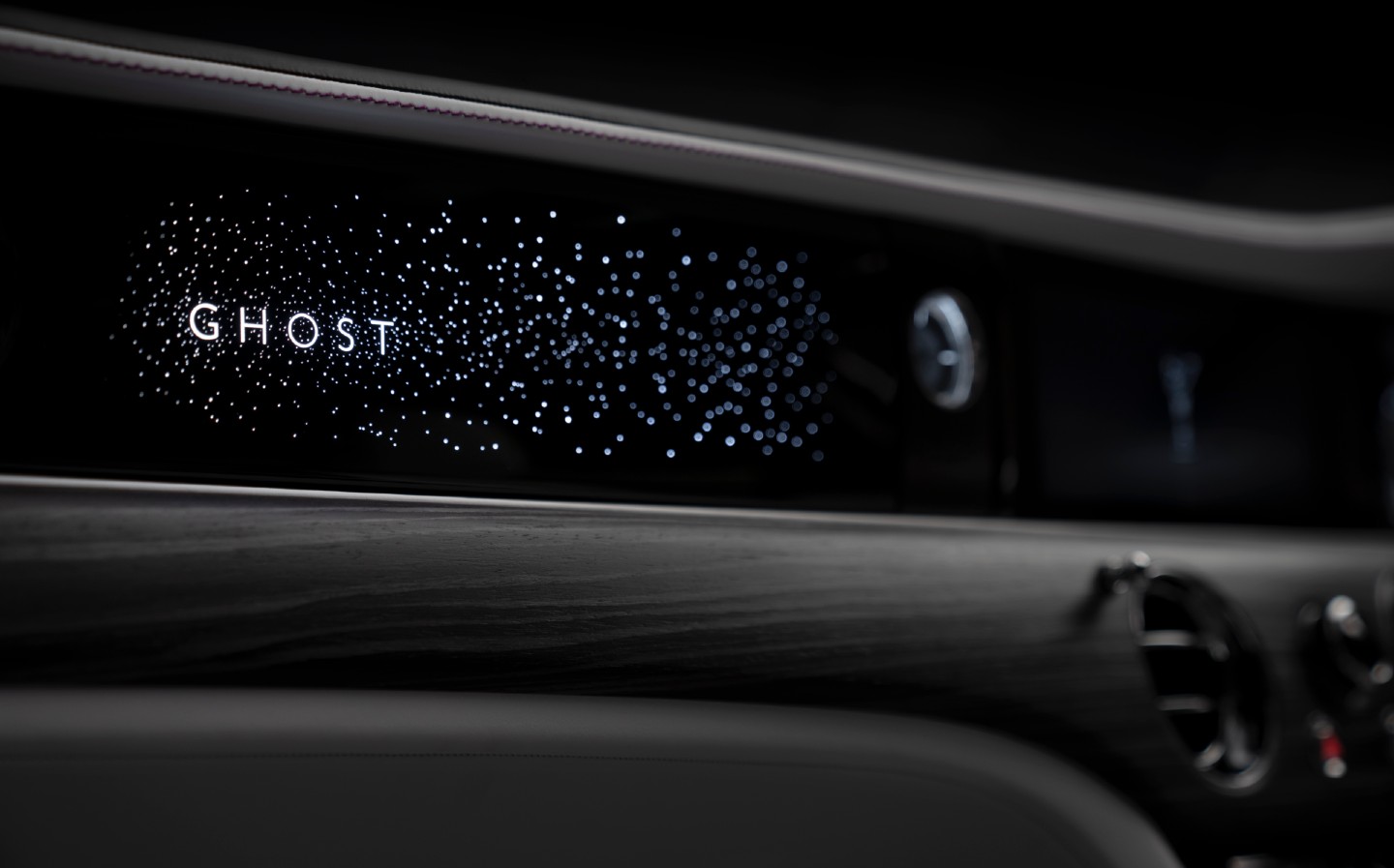
Naturally, the rest of the interior stands up to the super-luxury tests. All of the materials are of exceptional quality. The hand-made seats are beautifully-appointed. The 1,300w stereo system is made bespoke at Goodwood and includes sub-woofers embedded into the car’s door sill structures as well as “exciter speakers” in the roof lining, effectively turning the whole interior into an audio player.
Microphones also help dial down the interior noise from the road by playing alternative frequencies that counter the unpleasant ones, and four layers of sound insulation in the doors help further reduce unpleasant road noise, though while driving new Ghost it’s hard to tell if the cabin noise is any less than that of the previous Ghost, which was already exceptional in this regard.
Likewise, it’s hard to tell if the patented “magic carpet ride” is any waftier than in the previous model, despite clever new “Planar” suspension, the highlight of which are world-first Upper Wishbone Dampers – effectively “dampers for the dampers”. These work in concert with the “Flagbearer” camera system that detects upcoming bumps in the road and adjusts the adaptive air suspension and electronic dampers accordingly, as well as the GPS system that can set up the car for different types of corners and road conditions, to help optimise the ride. The satellites also help determine the best gears for approaching corners.
The Ghost has four-wheel drive and four-wheel steering – the rear corners turning in the opposite direction to the front at low speeds, for a reduced turning circle, and the same direction at high speeds, for greater cornering ability.
It’s all very clever and masks the Ghost’s two-and-a-half-ton bulk incredibly effectively – you can still move this car along winding roads with gusto, finding grip and body control where it has no right to exist – but is it better than before? I’m not sure. And despite an impressive promotional film showing the two cars negotiating a series of bumps, with the new car remaining astonishingly level, I couldn’t honestly say it felt from the driver’s seat as if it ironed out road imperfections any better than before.
Our car had 21in wheels — the largest available, and thinner tyres do tend to result in a harsher ride. Rolls wouldn’t necessarily recommend the 19in or 20in options, though, as thicker tyres tend to increase noise from the road and don’t offer the same level of cornering dynamism.
The heart of the car is its 6.75-litre twin-turbocharged V12 engine, of course, which has been tuned for new Ghost to 565bhp and 627 lb ft of torque, and with the front suspension assembly moved forward, now sits behind the front wheels for improved weight distribution. The motor is so quiet that its presence is only detectable when you push the throttle pedal and you’re thrust forward as if catapulted by an enormous strip of elastic. Its ability to propel a car as heavy as the Ghost so effortlessly remains one of Rolls-Royce’s true calling cards.
One day these mammoth motors will be gone from new cars – even Rolls has committed to pure-electric power over the next couple of decades (skipping hybrids altogether). In a way, electric power fits Rolls-Royce better than some other brands, as it leads to even quieter, even more effortless power and torque. But it feels increasingly like a privilege to be hurled from corner to corner by a Goodwood-built V12 – it really is a marvel of engineering.
There are gears, apparently, but you’re even less aware of those than the lump under the bonnet, so silky is the transmission.
While the new Ghost is extraordinary in its detail – the craftsmanship, technology, engineering and construction – it does struggle to impress when what came before was such an impressive bit of kit anyway. It feels to some extent like features such as the illuminated grille and fascia, and the upper wishbone dampers, have been added to the car simply because it was difficult to think of ways to improve the outgoing model.
In the end, the new Ghost is fabulous, yes – a Roll-Royce is likely to always remain a class act, simply by virtue of the fact that it is hand-crafted and created for the most demanding customers on Earth. But you didn’t have to read to the end of the review to have guessed that it would be close to perfection, both to drive and be driven in, and as a result the actual experience was curiously less dazzling than an LED-illuminated stainless steel grille.



